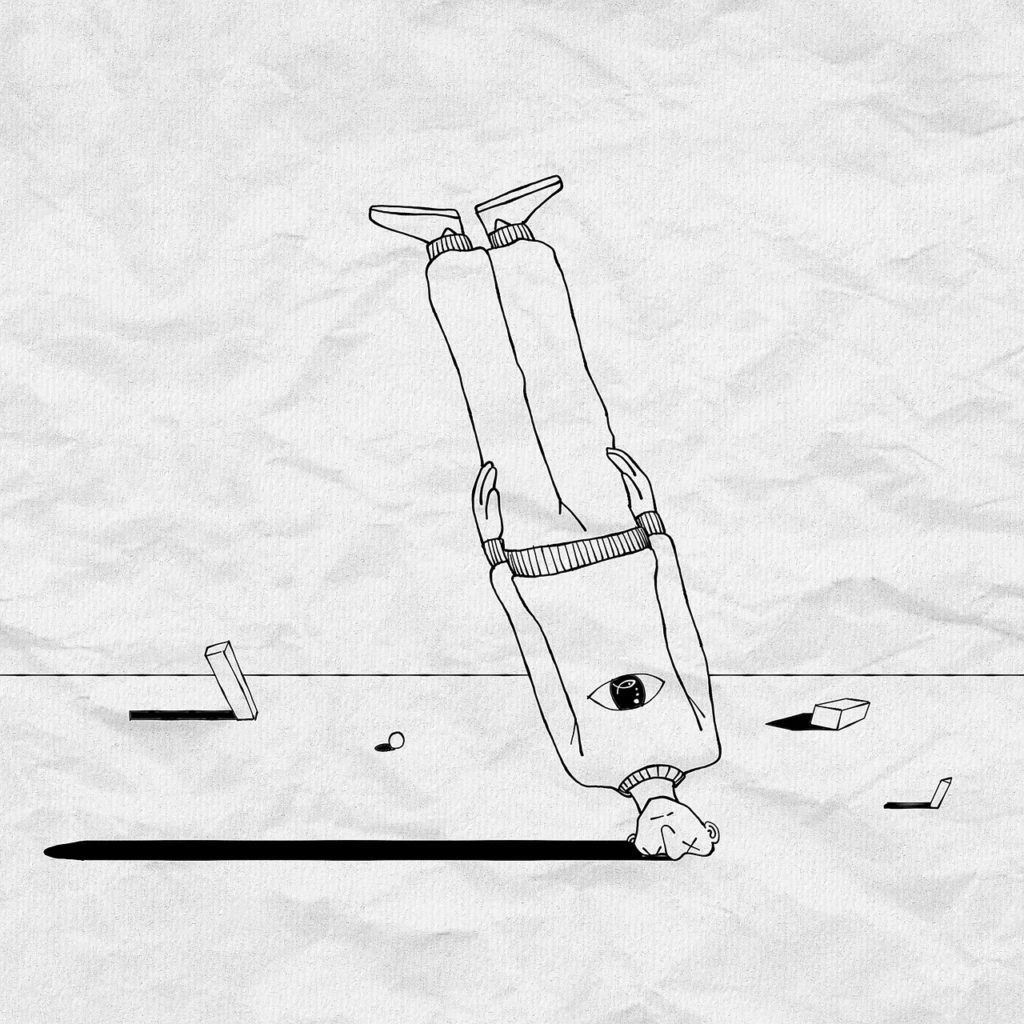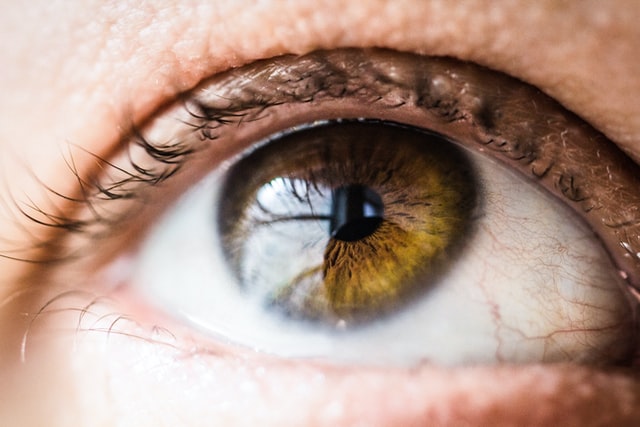We have people coming into our practices with their regular lens prescription (sometimes from our Optometrist and sometimes from another) and asking to order contact lenses. Most of them are shocked when we tell them that they prescriptions will differ and it is necessary to do a contact lens fitting in order to determine the type and power of the lenses required.
Contact lens and regular glasses lens prescriptions differ in several key ways due to the positioning of the lenses relative to the eyes and the fitting requirements for contact lenses. Here’s how they differ:
- Distance from the Eye
- Glasses Prescription: Glasses sit approximately 12-14 mm away from the eye. The lens power is calculated based on this distance. This can impact the prescription strength, particularly for people with higher degrees of myopia (nearsightedness) or hyperopia (farsightedness).
- Contact Lens Prescription: Contact lenses sit directly on the eye’s surface, so the lens power may need to be adjusted. Especially in higher prescriptions, this can result in a slightly different power compared to glasses.
- Additional Parameters in Contact Lens Prescriptions
Contact lens prescriptions include extra parameters not found in glasses prescriptions because contact lenses must fit the eye directly.
- Base Curve (BC): The curvature of the contact lens, designed to match the shape of your cornea.
- Diameter (DIA): The width of the contact lens in millimeters, ensuring it fits properly over the cornea.
- Material and Brand: Contact lens prescriptions often specify the material or brand, as different lenses offer various oxygen permeability and moisture retention features.
- Power (PWR or SPH): Although both glasses and contact lens prescriptions indicate lens power, the value might differ slightly because of the difference in distance from the eye.
- Astigmatism and Toric Lenses
If you have astigmatism:
- Glasses Prescription: May include Cylinder (CYL) and Axis to correct the uneven curvature of the cornea.
- Contact Lens Prescription: For astigmatism, you may need toric lenses, which also specify Cylinder (CYL) and Axis, but these values might differ slightly from your glasses prescription because toric contact lenses must align with the eye’s surface.
- Fitting
- Glasses Prescription: Fitting is not required as glasses rest on your nose and ears.
- Contact Lens Prescription: Requires precise fitting on the eye to prevent discomfort, irritation, or damage.
- Add Power for Multifocal Lenses
- In prescriptions for bifocal or multifocal contact lenses, an additional parameter called Add Power (for reading) may be included to address presbyopia, which may or may not be needed in a glasses prescription.
In summary, contact lens prescriptions are more detailed because they need to account for the lens fitting directly on the cornea, while glasses prescriptions are simpler as they account for lenses positioned slightly away from the eyes.
This is another good reason to rely on the expertise of an Optometrist. Many people think they can just order online and then arrive at our practice with lenses that are not the right prescription. This is not only costly but is potentially harmful to your eye health.
Consulting with an eye care professional is essential for finding the best contact lens solution tailored specifically to your needs. Sight Care has Optometry has a wide range of contact lenses from the major manufacturers. Our friendly staff can help you select the option that best suits your situation. If you would like to discuss your specific needs, you can drop by one of our locations or make an appointment with us online at https://sightcareoptometry.com/.
Note: This posting is for informational purposes only and does not attempt to diagnose or
recommend treatment for any condition. Please refer to the Ontario Association Optometrists website (https://optom.on.ca/eye-health-library) for more information or consult an Optometrist if you are experiencing eyesight issues.






